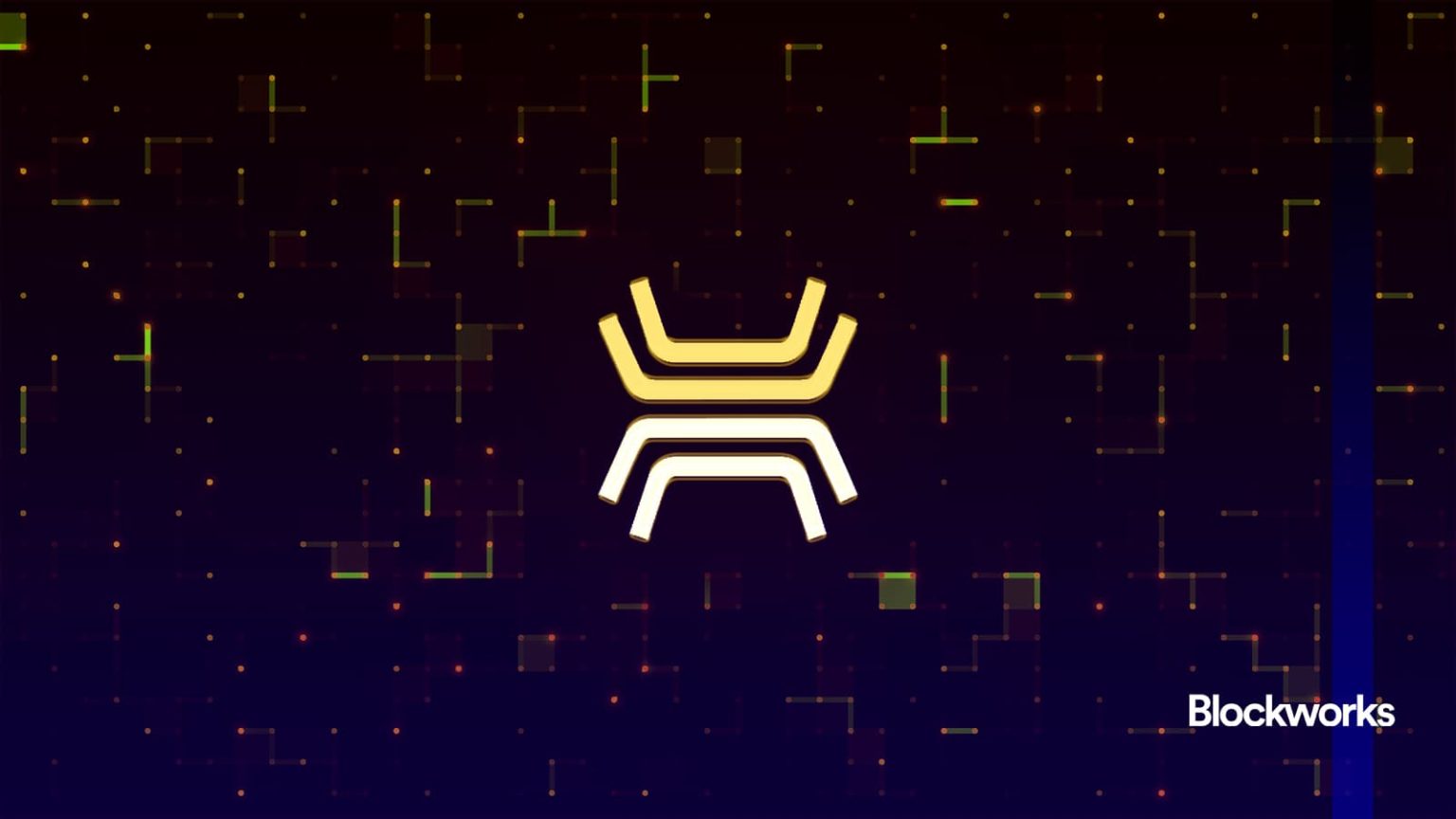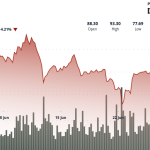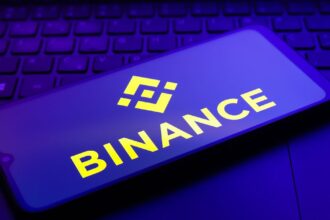Botanix Launches Bitcoin Layer-2 Mainnet with “Spiderchain” Security
Botanix Labs today officially launched its mainnet, introducing what it claims is the world’s first fully decentralized, EVM-equivalent Bitcoin layer-2 solution.
Key Features
Available immediately, Botanix promises Bitcoin users access to familiar DeFi functionalities like trading, borrowing, lending, and staking, all while utilizing Bitcoin native denominations. Key advantages include transaction finality in five seconds and average network fees around $0.02.
Spiderchain Security
Differentiating itself from federated sidechains or custodial bridges, Botanix employs a novel security model termed “Spiderchain.” This system utilizes BTC-staked Orchestrator nodes, selected randomly based on Bitcoin block hashes, managing a rotating multisig for peg-in/peg-out operations. State transitions are directly anchored back to the Bitcoin blockchain.
This integration of proof-of-stake incentives with direct Bitcoin anchoring aims to bridge the gap between Bitcoin’s security and Ethereum’s flexibility.
Governance Transition
The mainnet launch coincided with the finalization of Botanix’s 16-node founding federation, including operators like Galaxy, Fireblocks, and Alchemy, moving operational control to independent entities. The network’s operational autonomy has been transitioned out of Botanix Labs’ hands, with a design targeting over 100 nodes for permissionless operation by next year.
User Assurance and Unique Value Proposition
“One of the interesting things about the Spiderchain is you can immediately withdraw back to Bitcoin,” CEO and co-founder Willem Schroö stated. He highlighted this design choice: “you won’t have any liquidation or redeemability risks.”
This immediate exit mechanism contrasts with Ethereum-based WBTC models involving custodians or long unbonding periods. Botanix’s multsig system aims for transparency, economic security, and permissionless Bitcoin redemption.
DeFi Ecosystem
Already live at launch are GMX and Dolomite for trading, lending, and borrowing, along with Chainlink oracle feeds. Beyond bridging, Botanix is showcasing native protocols: Rover allows liquid staking of BTC directly using network gas fees (50% of fees funneled into a staking vault); Palladium introduces a CDP protocol enabling BTC-backed, interest-free USD borrowing.
Industry Response
Partnership head Jerry Pio of Rover operator Hydrogen Labs emphasized Botanix’s security: “It’s the least ruggable of all Bitcoin L2s, given the peg-in/peg-out mechanism, the Spiderchain architecture.”
Palladium’s launch aims to introduce DeFi credit layers typically found on Ethereum, all while maintaining BTC as the sole collateral type.
Driving Adoption
To stimulate usage, Botanix is launching a major promotional campaign embracing Bitcoin culture through faucet giveaways of free BTC and a retro-futuristic on-chain video game, ‘Bitcoin 2100,’ showcasing its dApps.
CEO Schroö aims to generate excitement and validation for the ecosystem: “The moment you see your Bitcoin move at 5-second block times [and] you see these applications, that’s when you start to realize, damn, things are actually happening.”
Conclusion
Botanix’s architecture proposes EVM compatibility over a Bitcoin anchor based on configurable consensus and security. Its goal is to foster a DeFi ecosystem usable by Bitcoin holders, facilitating deeper DeFi integration for BITCOIN without compromising its core security principles.












